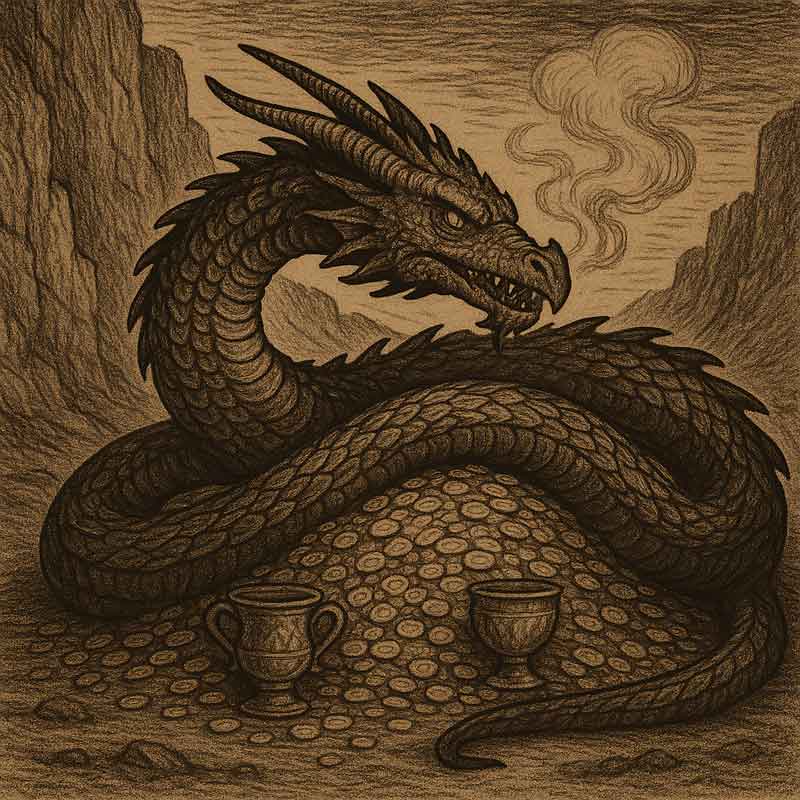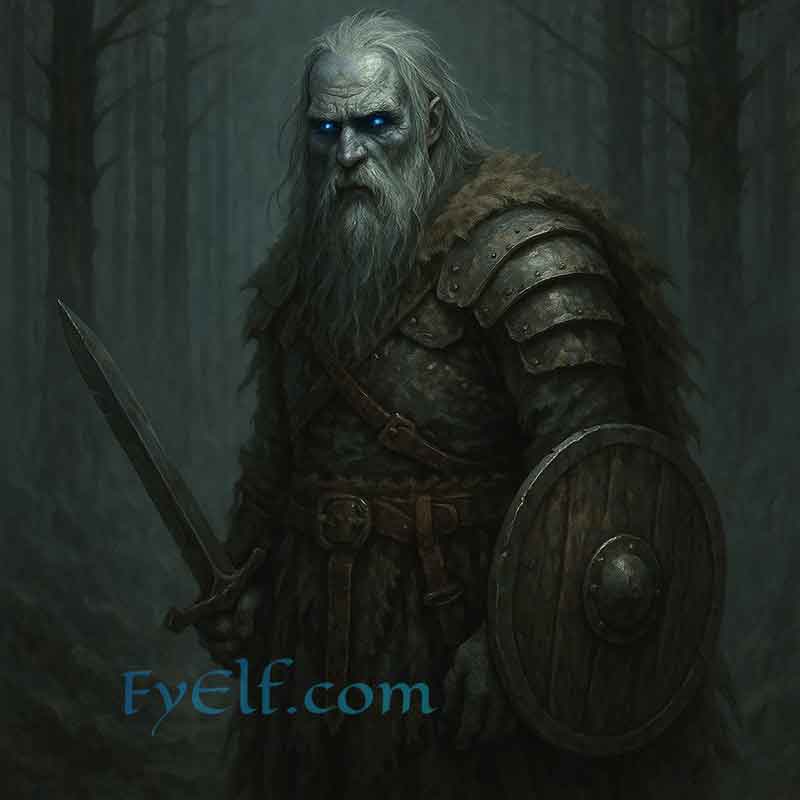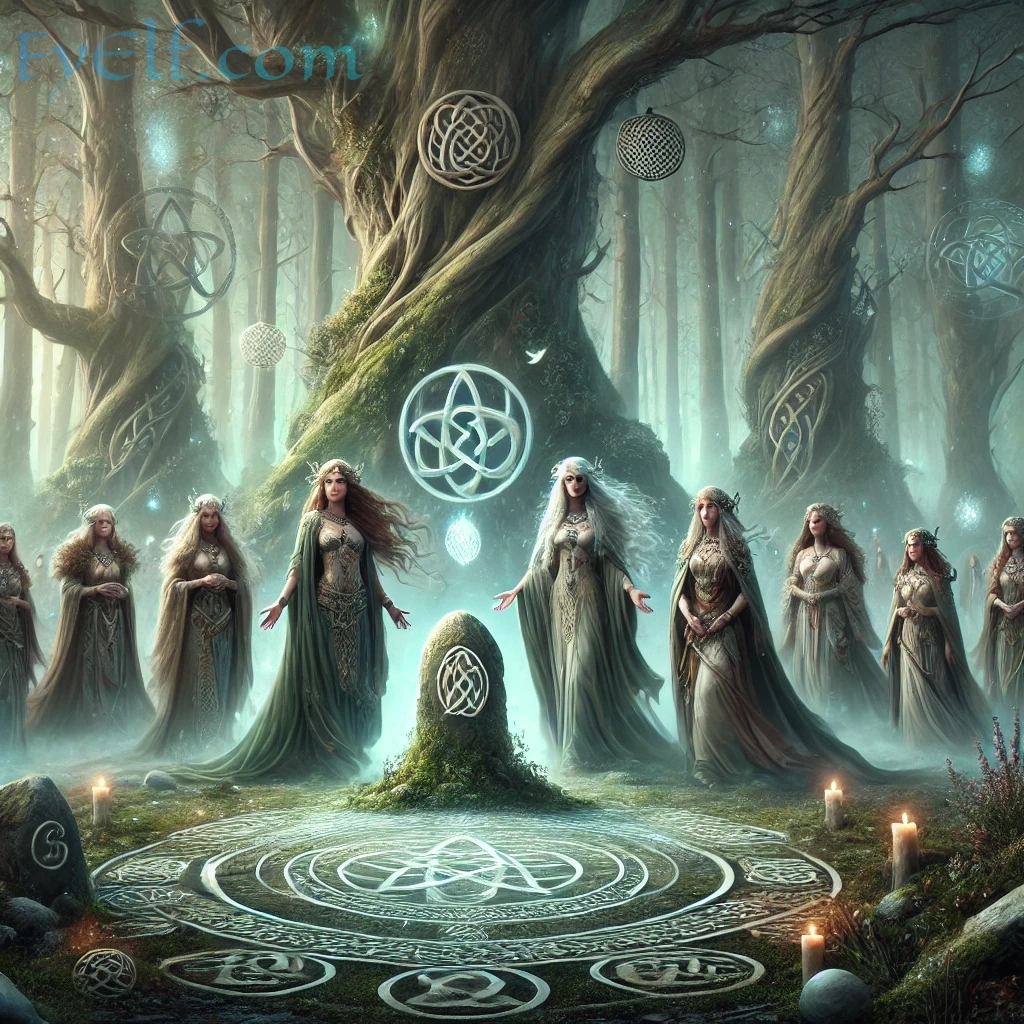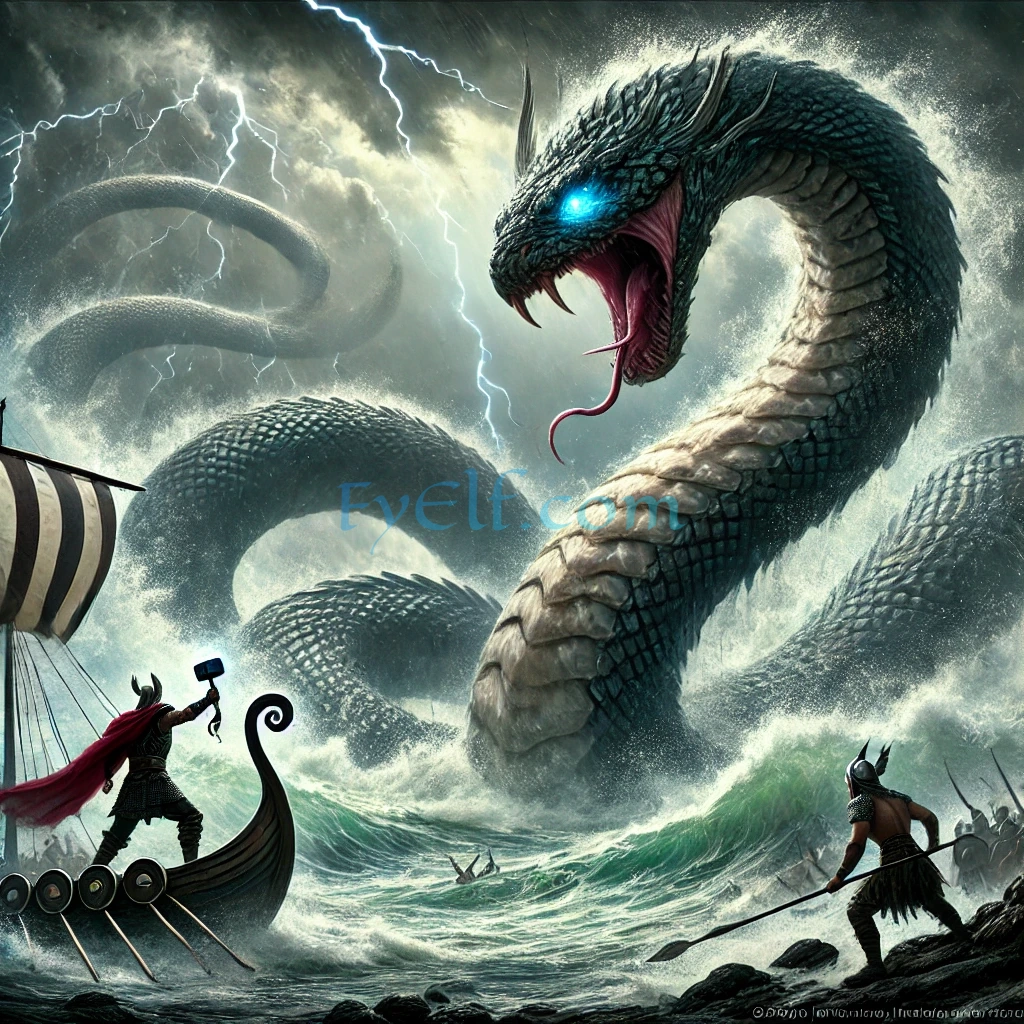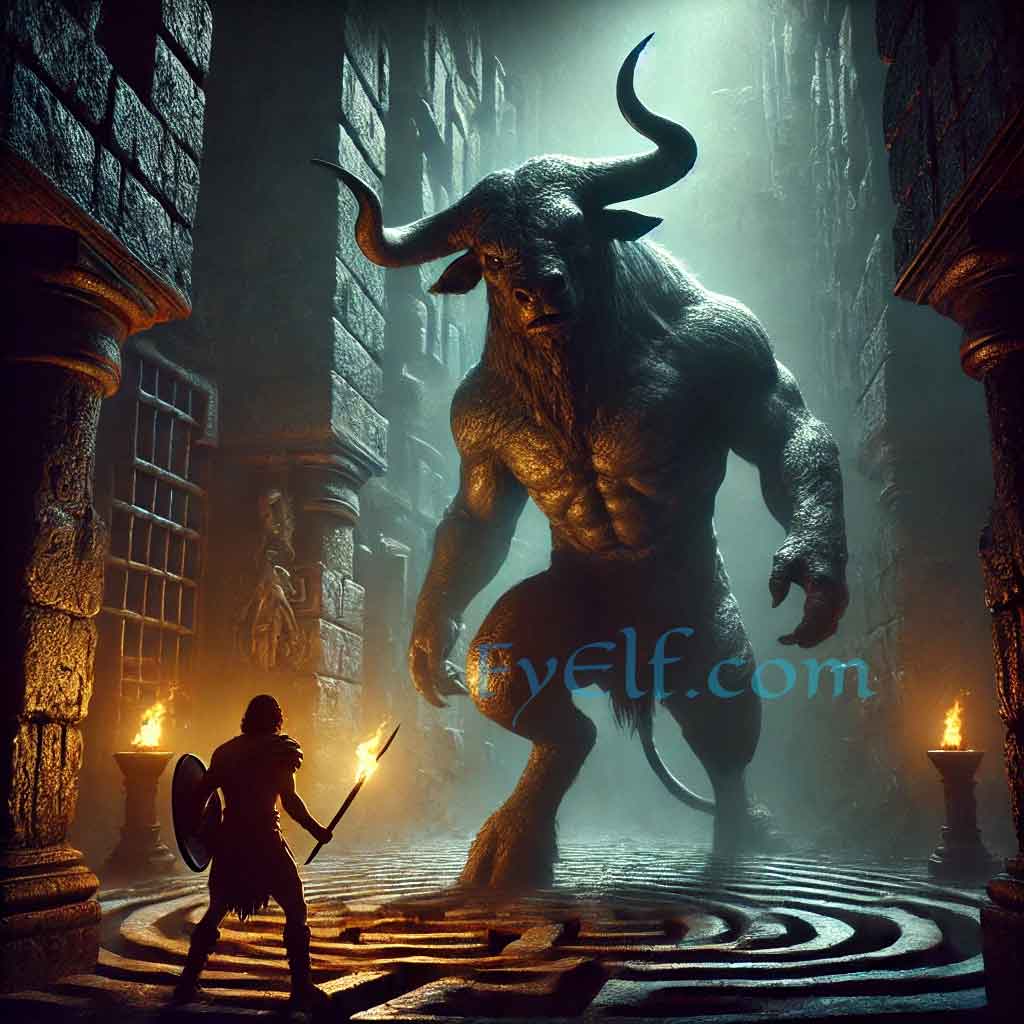From Dwarf to Dragon
In the vast tapestry of Norse mythology, few tales capture the destructive power of greed as vividly as the story of Fafnir. Once a dwarf of great lineage, Fafnir’s transformation into a fearsome dragon was not caused by a curse placed upon him but by his own insatiable desire for wealth. His story reminds us that unchecked greed can turn even the most gifted beings into monsters.
The Origins of Fafnir
Fafnir was the son of the dwarf king Hreidmar and brother to Regin and Ótr. The family’s fate was sealed when the mischievous god Loki killed Ótr by accident while hunting. As compensation, Loki and the other gods were forced to pay a ransom of gold to Hreidmar. Among this treasure lay a cursed hoard, including the fabled ring Andvaranaut, which carried misfortune to anyone who possessed it.
While Hreidmar accepted the ransom, the curse soon spread through his household. Blinded by greed, Fafnir turned against his own father, killing him to seize the treasure for himself.
Transformation into a Dragon
Unlike many myths where a curse transforms a man into a monster, Fafnir’s metamorphosis was deliberate. He chose to become a dragon — a shape that best allowed him to guard his hoard. In his monstrous form, Fafnir exhaled venom, scorched the earth, and terrified all who came near. His body became the very symbol of avarice, coiled around piles of gold and jewels he never spent, never shared, and never enjoyed.
Sigurd the Dragon Slayer
The hero who ended Fafnir’s reign of terror was Sigurd (also known as Siegfried in Germanic tradition). Guided by Regin, Fafnir’s surviving brother, Sigurd forged a mighty sword named Gram and confronted the dragon. By digging a pit and waiting for Fafnir to crawl over it, Sigurd struck upward into the creature’s vulnerable belly, slaying the beast.
Yet the story did not end there. Drinking the dragon’s blood, Sigurd gained the ability to understand the language of birds, who warned him of Regin’s treachery. The curse of greed once again revealed itself, passing from one hand to another through betrayal and death.
The Symbolism of Fafnir
Fafnir’s legend is more than a dragon-slaying tale. In Norse culture, dragons embodied destruction, greed, and the hoarding of wealth — a stark contrast to the warrior ethos of honor and generosity. The story warns against obsession with material gain and the corrupting influence of gold.
Even today, dragons remain powerful symbols in art and craftsmanship. Many modern designs draw inspiration from these myths, as seen in collections of dragon jewelry that echo the strength, mystery, and symbolism of creatures like Fafnir.
Fafnir’s Legacy in Literature and Popular Culture
The myth of Fafnir influenced later European legends, especially the German Nibelungenlied and Richard Wagner’s Ring Cycle. His image as the dragon guarding cursed treasure has become a prototype in fantasy literature — from J.R.R. Tolkien’s Smaug in The Hobbit to countless video games and role-playing adventures.
Through Fafnir, Norse mythology gave the world one of its most enduring archetypes: the dragon as the embodiment of greed and destructive power.
